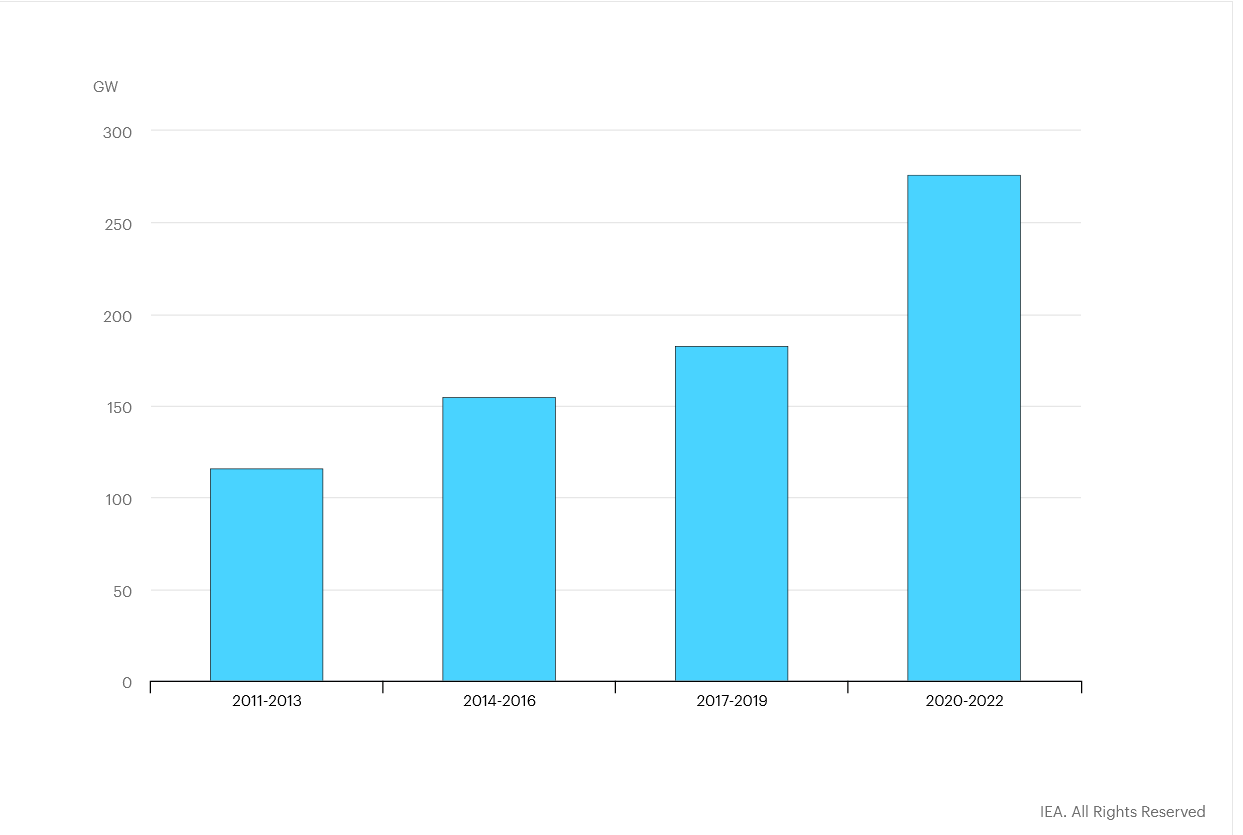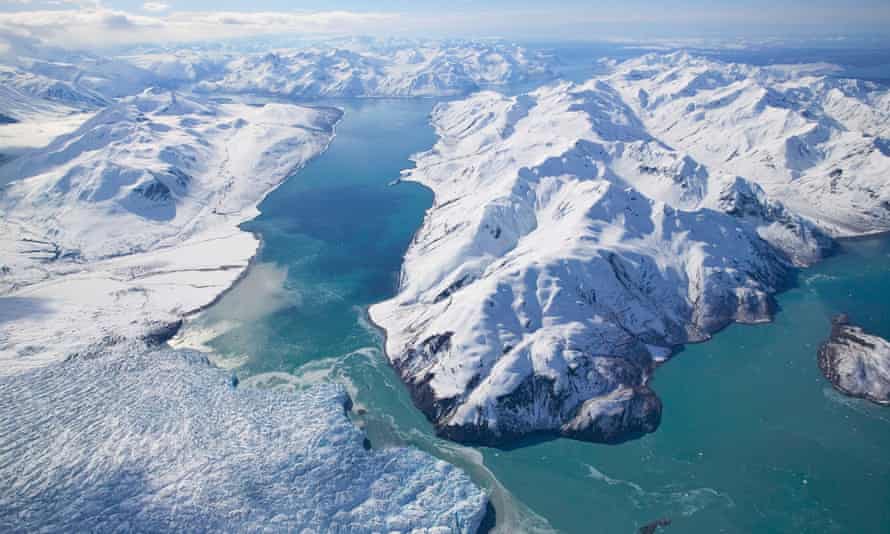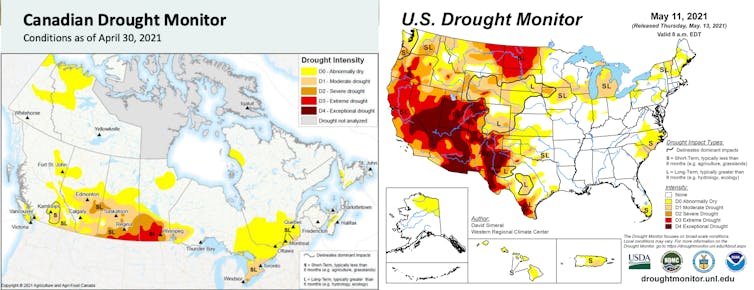In the Arctic the rate of ice melting not the 57% of the entire Earth discussed in the previous post, but 600% since the 1990s, showing how incredibly fast Canada's Arctic is changing because of global warming. This alone threatens coastal flooding for 400 million people by 2100.
Icebergs in Disko Bay, Greenland. IAN JOUGHIN / IMBIE
The polar ice caps are melting six times faster than in the 1990s, according to the most complete analysis to date. The ice loss from Greenland and Antarctica is tracking the worst-case climate warming scenario set out by the Intergovernmental Panel on Climate Change (IPCC), scientists say.
Without rapid cuts to carbon emissions, the analysis indicates there could be a rise in sea levels that would leave 400 million people exposed to coastal flooding each year by the end of the century.
Rising sea levels are the one of the most damaging long-term impacts of the climate crisis, and the contribution of Greenland and Antarctica is accelerating. The new analysis updates and combines recent studies of the ice masses and predicts that 2019 will prove to have been a record-breaking year when the most recent data is processed. ...
The average annual loss of ice from Greenland and Antarctica in the 2010s was 475 billion metric tons – six times greater than the 81 billion metric tons a year lost in the 1990s. In total, the two ice caps lost 6.4 trillion metric tons of ice from 1992 to 2017, with melting in Greenland responsible for 60 percent of that figure.
The IPCC’s most recent mid-range prediction for global sea level rise in 2100 is 53 centimeters (cm). But the new analysis suggests that if current trends continue the oceans will rise by an additional 17 cm.
“Every centimeter of sea level rise leads to coastal flooding and coastal erosion, disrupting people’s lives around the planet,” said Andrew Shepherd, of the University of Leeds. He said the extra 17 cm would mean the number of people exposed to coastal flooding each year rising from 360 million to 400 million. “These are not unlikely events with small impacts,” he said. “They are already under way and will be devastating for coastal communities.” ...
Almost all the ice loss from Antarctica and half of that from Greenland arose from warming oceans melting the glaciers that flow from the ice caps. This causes glacial flow to speed up, dumping more icebergs into the ocean. The remainder of Greenland’s ice losses are caused by hotter air temperatures that melt the surface of the ice sheet.
The combined analysis was carried out by a team of 89 scientists from 50 international organizations, who combined the findings of 26 ice surveys. It included data from 11 satellite missions that tracked the ice sheets’ changing volumes, speeds of flow, and masses.
About a third of the total sea level rise now comes from Greenland and Antarctic ice loss. Just under half comes from the thermal expansion of warming ocean water and a fifth from other smaller glaciers. But the latter sources are not accelerating, unlike in Greenland and Antarctica.
https://e360.yale.edu/digest/theres-been-a-six-fold-increase-in-polar-ic...

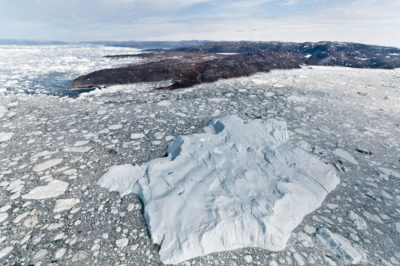
 Kenney -always the gas station attendant to the oil industry
Kenney -always the gas station attendant to the oil industry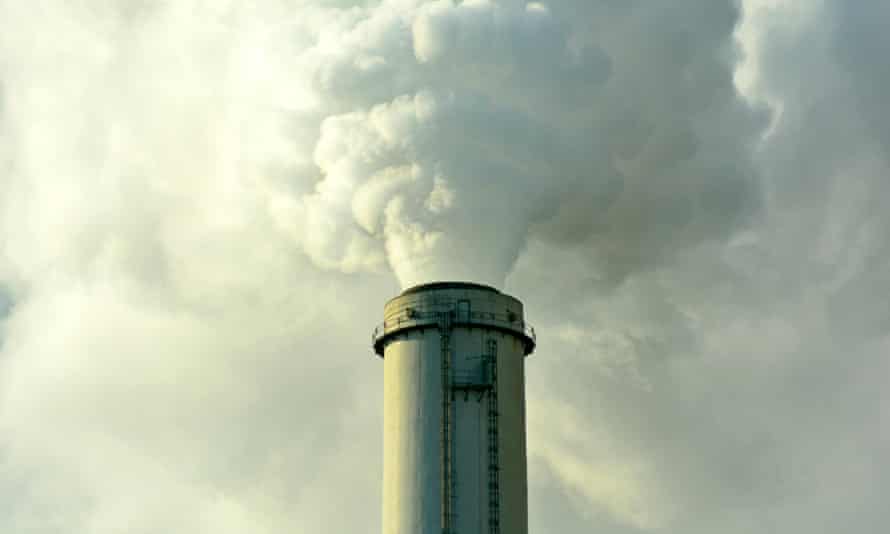
 Cartoon by Malcolm Mayes, Edmonton JournalCanada’s environment minister says he is reluctant to ask the public service to come up with a plan to achieve an emissions target in 2025, setting up a possible clash with opposition members over
Cartoon by Malcolm Mayes, Edmonton JournalCanada’s environment minister says he is reluctant to ask the public service to come up with a plan to achieve an emissions target in 2025, setting up a possible clash with opposition members over  Climate change is impacting the global security landscape, and experts have warned about climate change's implications on security risks such as political instability and conflicts. Photo by Wikimedia Commons
Climate change is impacting the global security landscape, and experts have warned about climate change's implications on security risks such as political instability and conflicts. Photo by Wikimedia Commons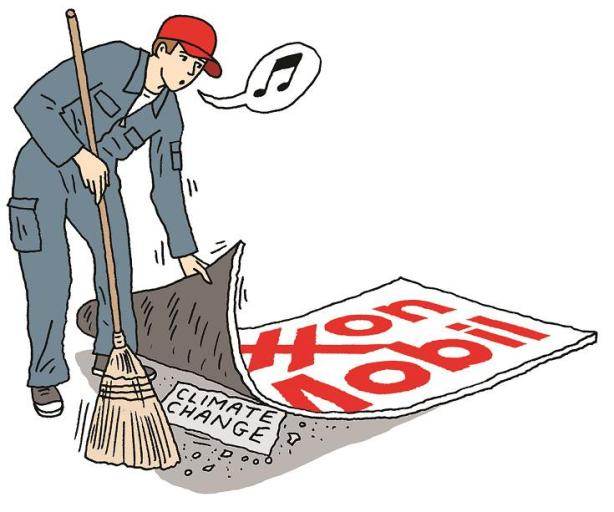
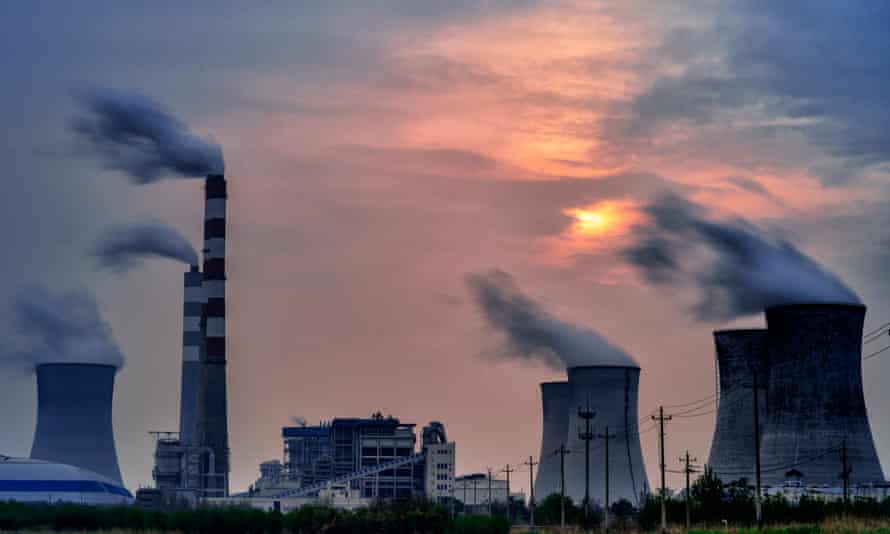

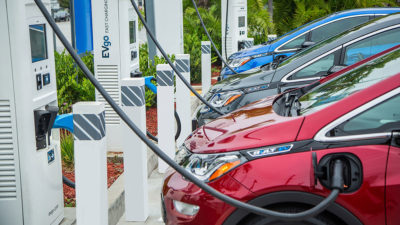
 A sign for the Aamjiwnaang First Nation Resource Centre is located across the road from NOVA Chemicals (mostly petrochemicals) in Sarnia, Ontario on April 21, 2007. File photo by The Canadian Press/Craig Glover
A sign for the Aamjiwnaang First Nation Resource Centre is located across the road from NOVA Chemicals (mostly petrochemicals) in Sarnia, Ontario on April 21, 2007. File photo by The Canadian Press/Craig Glover

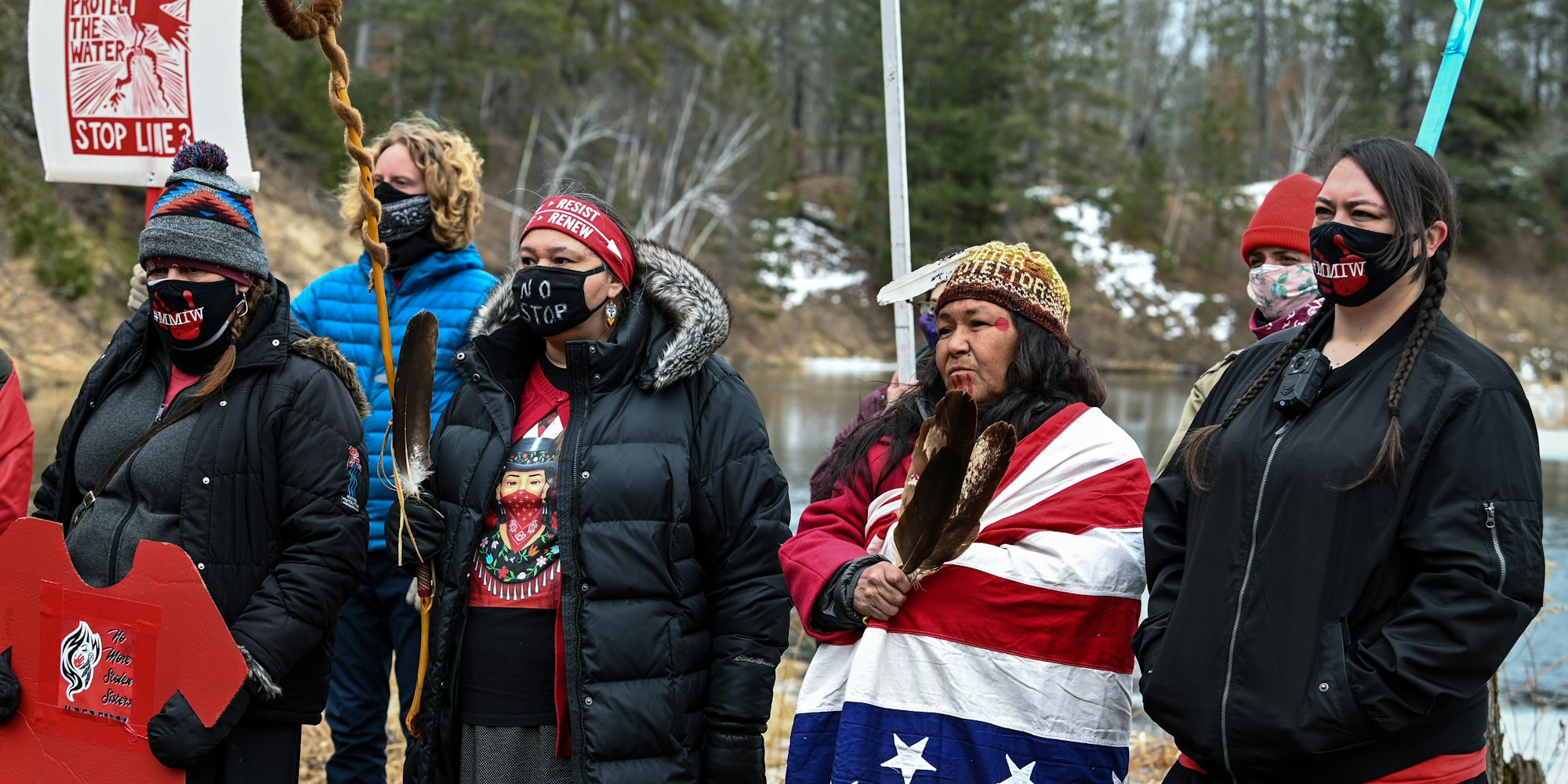 Water protectors rally against the Enbridge Line 3 pipeline in Park Rapids, Minn., on March 15, 2021. Photo: Courtesy of Honor The Earth
Water protectors rally against the Enbridge Line 3 pipeline in Park Rapids, Minn., on March 15, 2021. Photo: Courtesy of Honor The Earth New York State comptroller Thomas DiNapoli on April 9, 2021 announcing New York state pension fund pulling out of Canadian tar sands.
New York State comptroller Thomas DiNapoli on April 9, 2021 announcing New York state pension fund pulling out of Canadian tar sands. 
 With their new climate plan, O’Toole’s Conservatives are simply retreating to a new hill, Max Fawcett writes.
With their new climate plan, O’Toole’s Conservatives are simply retreating to a new hill, Max Fawcett writes.
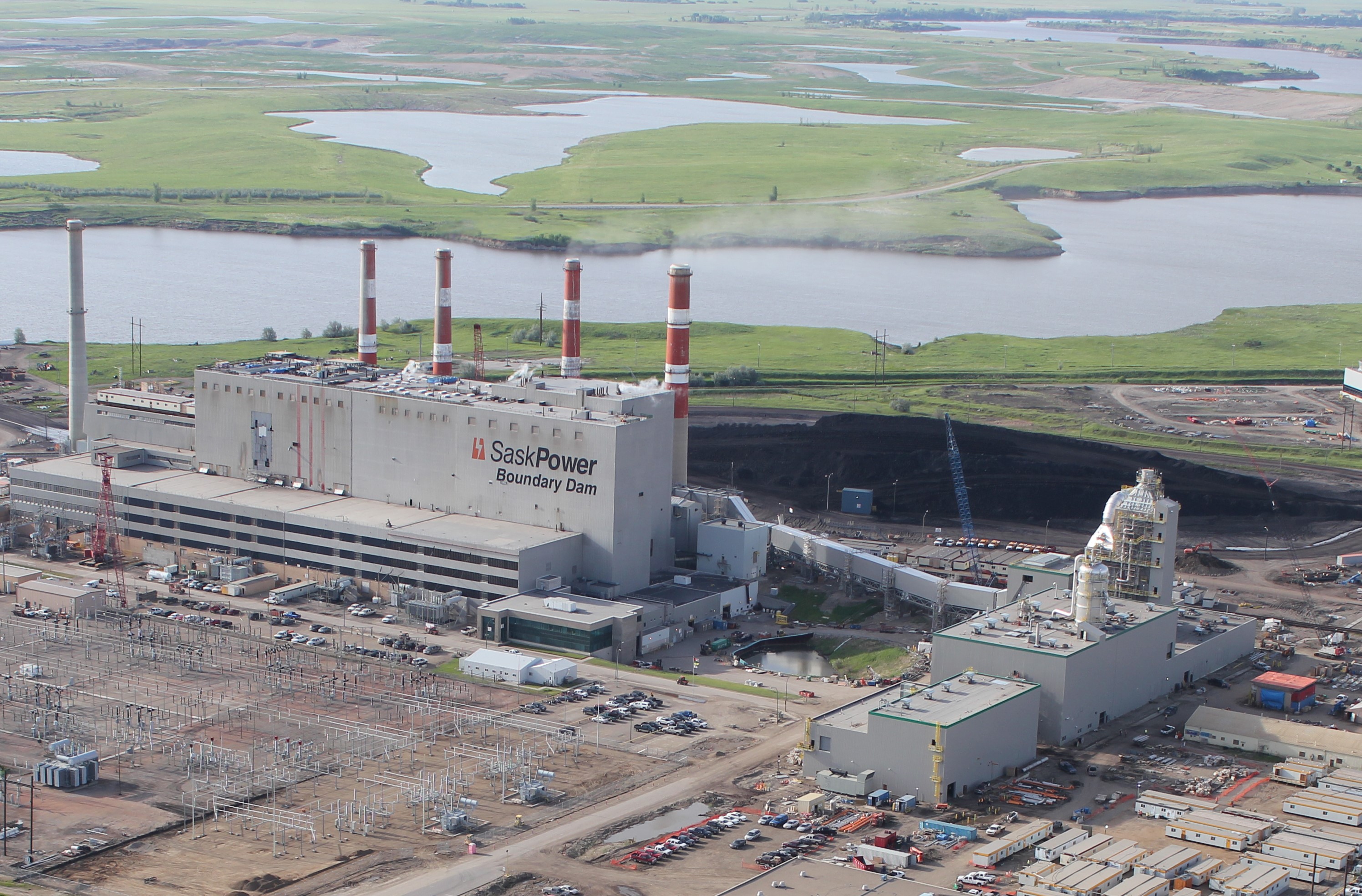

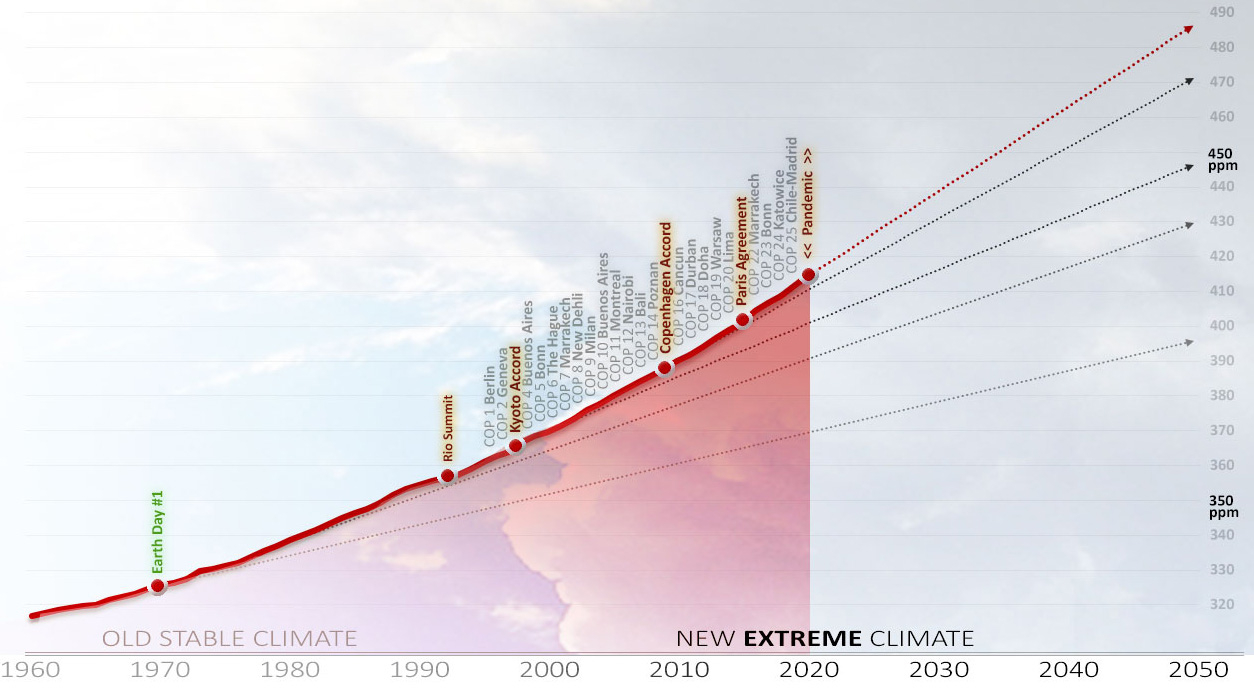

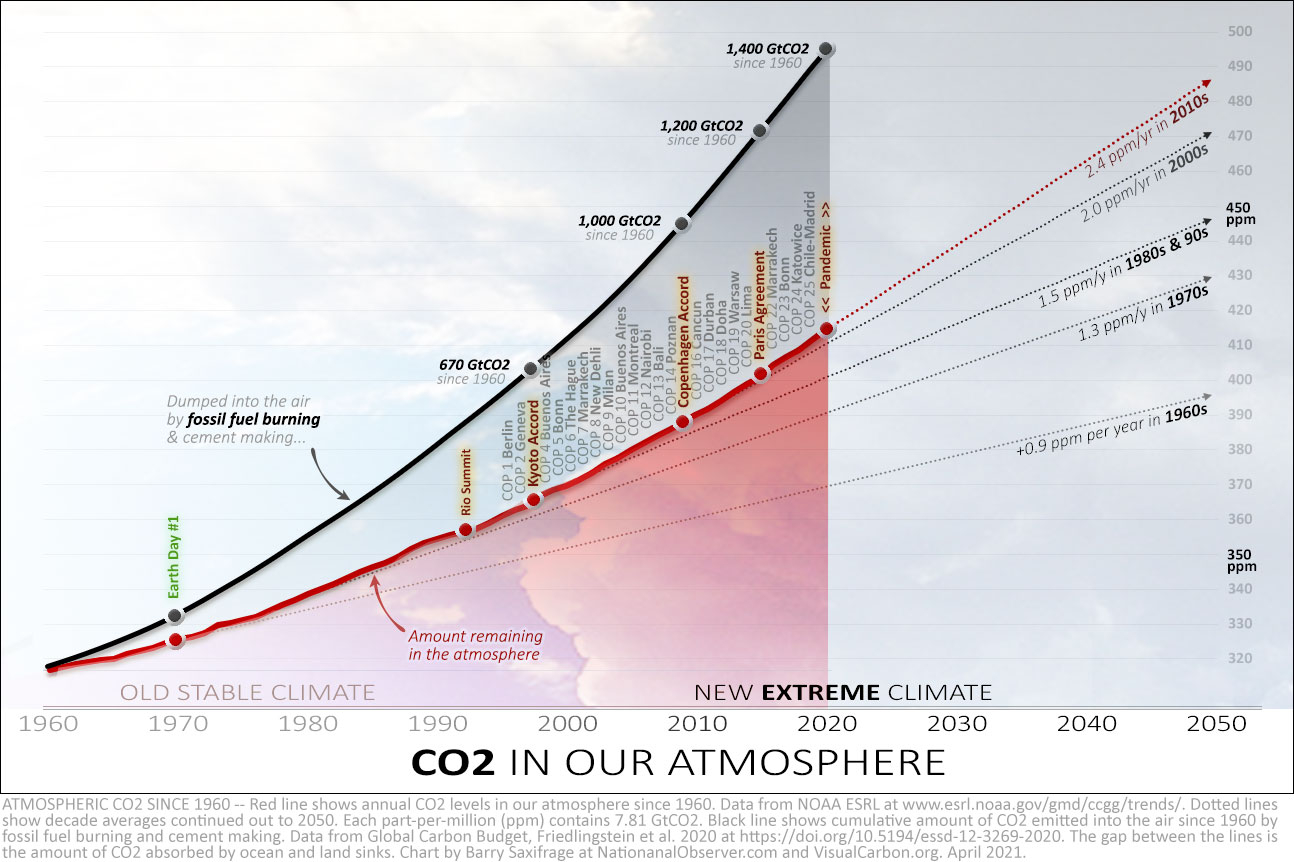
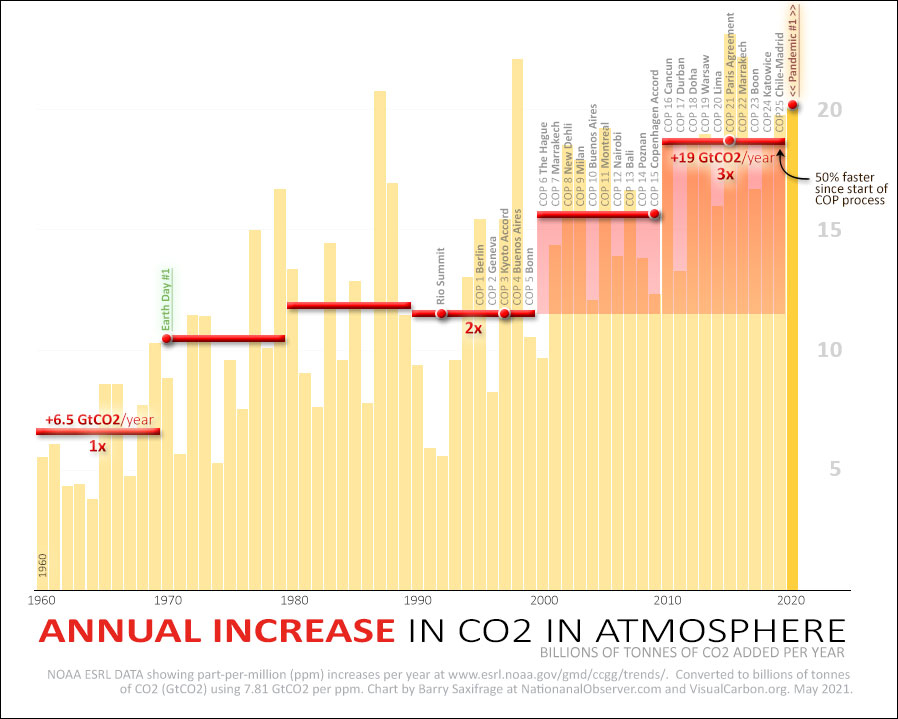
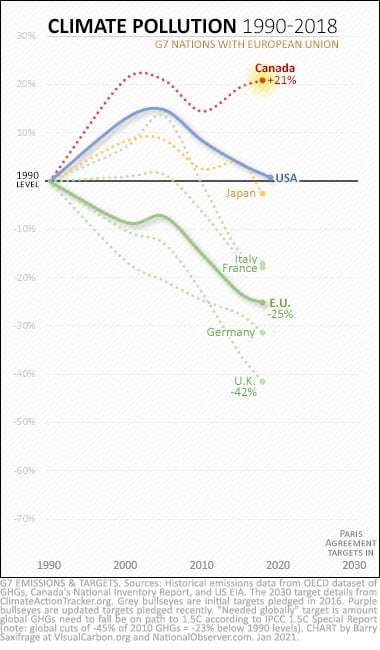
 Green Party Leader Annamie Paul
Green Party Leader Annamie Paul 
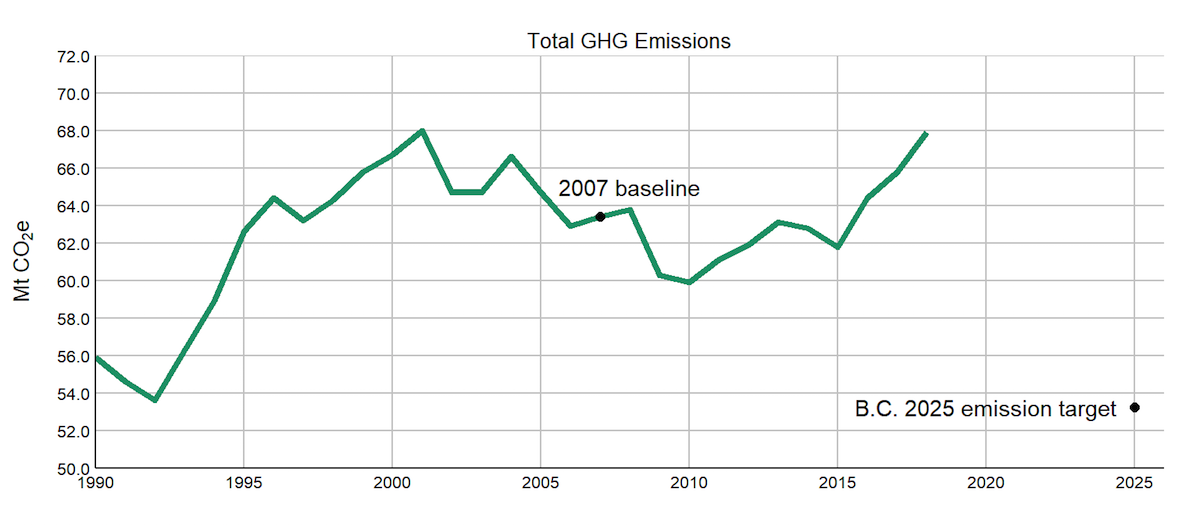
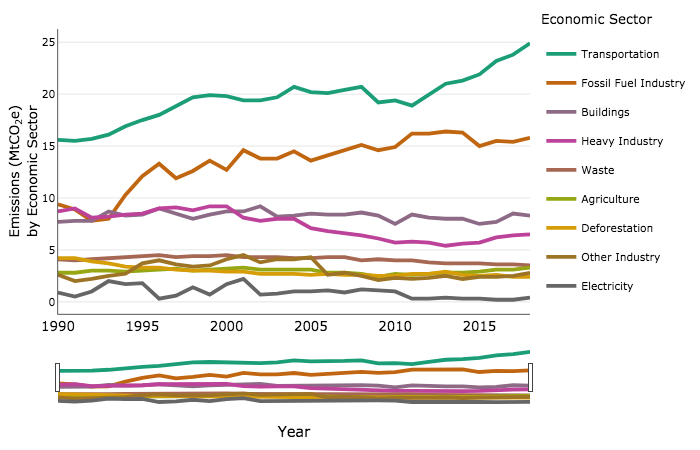

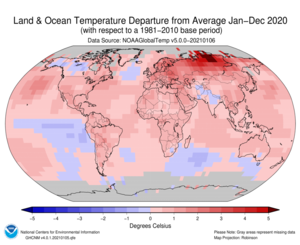




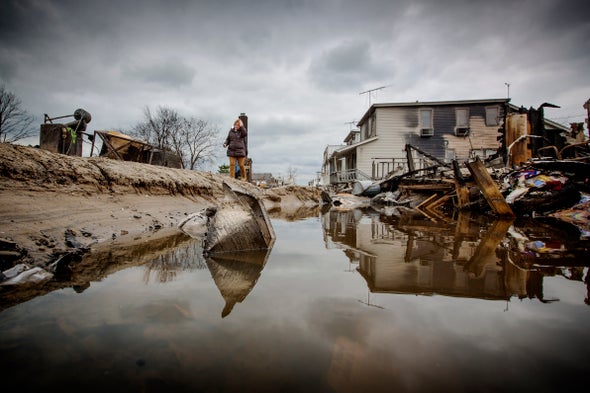


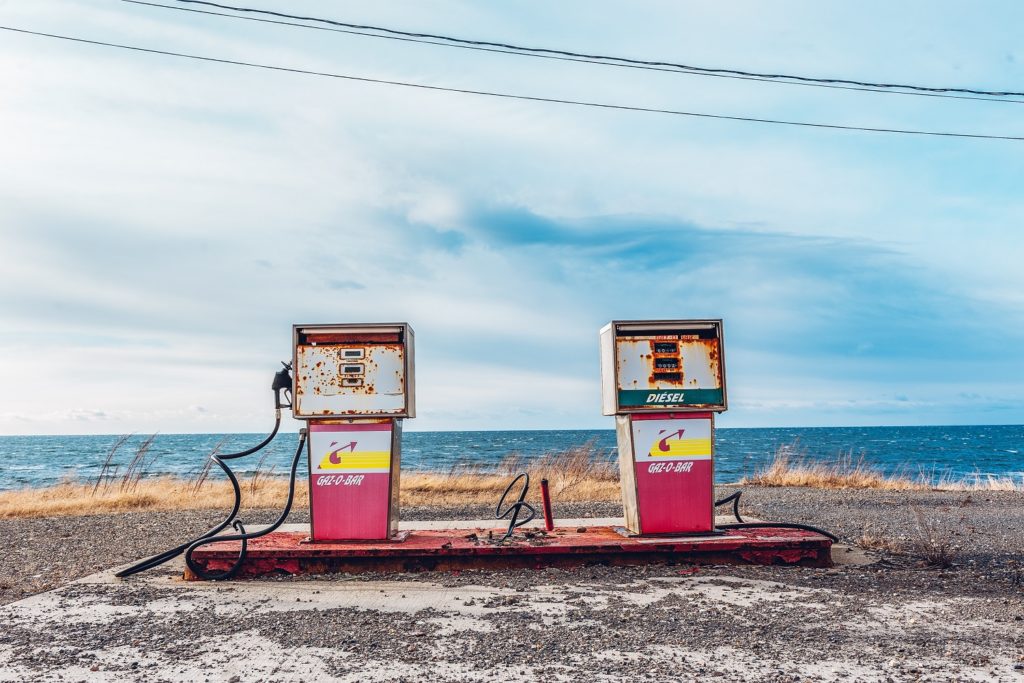 What Canada needs to do: end its reliance on fossil fuels.
What Canada needs to do: end its reliance on fossil fuels. 